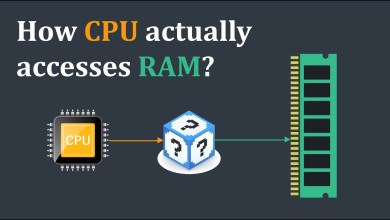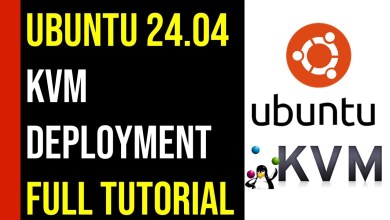Understanding Multi-Tenancy in Cloud Computing
Multi-tenancy is a cloud computing architecture in which multiple customers share the same computing resources, such as servers, storage, and networking. This allows cloud providers to offer lower costs and greater scalability than traditional on-premises infrastructure.
Benefits of Multi-Tenancy
There are several benefits to multi-tenancy for both cloud providers and customers:
• Reduced costs: Multi-tenancy allows cloud providers to spread the costs of infrastructure and maintenance across multiple customers. This results in lower costs for customers.
• Increased scalability: Multi-tenancy allows cloud providers to easily scale up or down their infrastructure to meet changing demand. This makes it easier for customers to scale their applications and workloads.
• Improved efficiency: Multi-tenancy allows cloud providers to optimize their infrastructure utilization. This can lead to improved performance and reliability for customers.
How Multi-Tenancy Works
Multi-tenancy is implemented using a variety of technologies, including:
• Virtualization: Virtualization allows multiple operating systems and applications to run on the same physical server. This is the foundation of multi-tenancy, as it allows multiple customers to share the same physical infrastructure.
• Isolation: Isolation techniques are used to ensure that each customer’s data and applications are isolated from other customers. This is important to protect customer privacy and security.
• Resource management: Resource management techniques are used to allocate resources to each customer based on their needs. This ensures that all customers get the resources they need, without impacting other customers.
Types of Multi-Tenancy
There are two main types of multi-tenancy:
• Infrastructure as a service (IaaS): IaaS multi-tenancy allows multiple customers to share the same physical infrastructure, such as servers, storage, and networking.
• Platform as a service (PaaS): PaaS multi-tenancy allows multiple customers to share the same application platform, such as a database or development environment.
Challenges of Multi-Tenancy
Multi-tenancy can also present some challenges, including:
• Complexity: Multi-tenancy is a complex architecture, and it can be difficult to implement and manage.
• Performance: If not properly implemented, multi-tenancy can lead to performance problems for some or all customers.
• Security: It is important to implement strong security measures to protect customer data and applications.
Best Practices for Multi-Tenancy
There are a number of best practices that cloud providers can follow to implement and manage multi-tenancy effectively, including:
• Use virtualization: Virtualization is the foundation of multi-tenancy, and it is important to use a virtualization platform that is designed for multi-tenant environments.
• Implement isolation: Isolation techniques are essential for protecting customer privacy and security. Cloud providers should implement strong isolation techniques at all levels of the infrastructure stack.
• Use resource management: Resource management techniques are necessary to ensure that all customers get the resources they need, without impacting other customers. Cloud providers should use a resource management system that is designed for multi-tenant environments.
• Monitor and troubleshoot: Cloud providers should monitor their multi-tenant environments closely to identify and troubleshoot any problems.
[ad_2]
source



